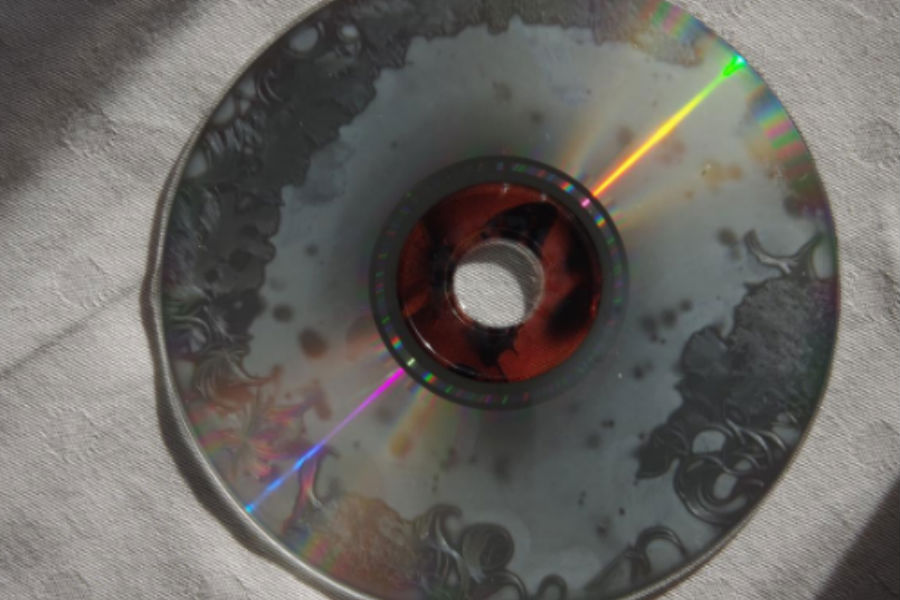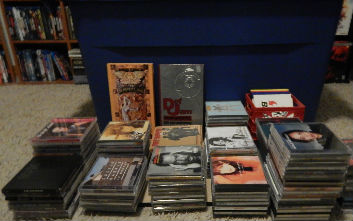And we thought music was forever. It turns out a new phenomenon called Disc Rot is threatening our old CDS. Round up your So Fresh collection and keep it safe because disc rot is comin’ for ya.
While this might not be such an issue for those of us with a few loose copies of JET’s Get Born (yes that’s me) but for the big baller CD collectors and those with archives of rarities this is turning out to be a disaster.

In a similar vein to the bee crisis, Disc Rot is running through people’s collections and taking out thousands of dollars and countless memories in one fell swoop.
Starting off as a few white spots on the reflective side, Disc Rot continues on to mercilessly eat away at the disc until all that is left is the case and your memories. The issue is being taken very seriously by the US Library of Congress and the research mission to intervene is being headed by preservation specialist Michelle Youket “this kind of silent destruction, which shows up in three different forms—the “bronzing” of discs, small pin-hole specs located on the discs, or “edge-rot”
According to the Library of Congress in the US, here are 5 things you need to know about Disc Rot and what to look for:
1. Discs with significant errors are often still at least partially readable, according to Youket.
“In the case that a disc has an uncorrectable error, depending on where this error occurs much of the data is still recoverable,” she explained in an interview. “Many discs with high errors are still playable, and depending on the content—audio, video, or data—even an uncorrectable error may not be serious.”
2. A scratch at the top of a CD is more problematic than one on the bottom.
Why’s that? Youket says that the standards for these optical formats include built-in error-correction schemes that can work around scratches in at the bottom of the discs. “However,” she says, “because the reflective layer is only covered by a thin coating of acrylic with an ink-printed label, scratches to the top surface can penetrate through and damage the reflective layer.”
3. DVDs generally have better integrity than do CDs because the disc’s reflective layer is pressed inside the polycarbonate discs.
But the discs are often more susceptible to breaking apart due to chemical reactions between the layers and the polycarbonate discs—and as a result, layers can delaminate over time. Dual-layer discs tend not to hold up so well.
4. Recordable discs don’t last as long, in part because of the organic dye used to record the bytes onto discs, which Youket says is vulnerable to degradation.
Particularly in the case of recordable DVDs, which have higher levels of light sensitivity, making them more susceptible to failure. Additionally, she says the way a recordable disc is burned is a major factor in defining its lifespan—a poorly recorded disc tends to wear out more quickly.
5. Proper storage and handling helps.
Ultimately, Youket notes that, according to LoC’s own aging tests (which determined the life expectancy of discs based on changes in their bit-level error rate), discs are much more likely to survive over long periods if they’re handled correctly and stored in good conditions.
“These studies have shown that a well-made pressed compact disc can last many decades if stored and handled properly,” she noted, adding that “discs that are stored in harsh environmental conditions with elevated temperature and/or humidity will have shorter expected lifetimes than discs stored in more controlled conditions.”
So stay vigilant and take a close look at your silver babies next time you’re home….it might just be the beginning of the end.
Original source found here.



